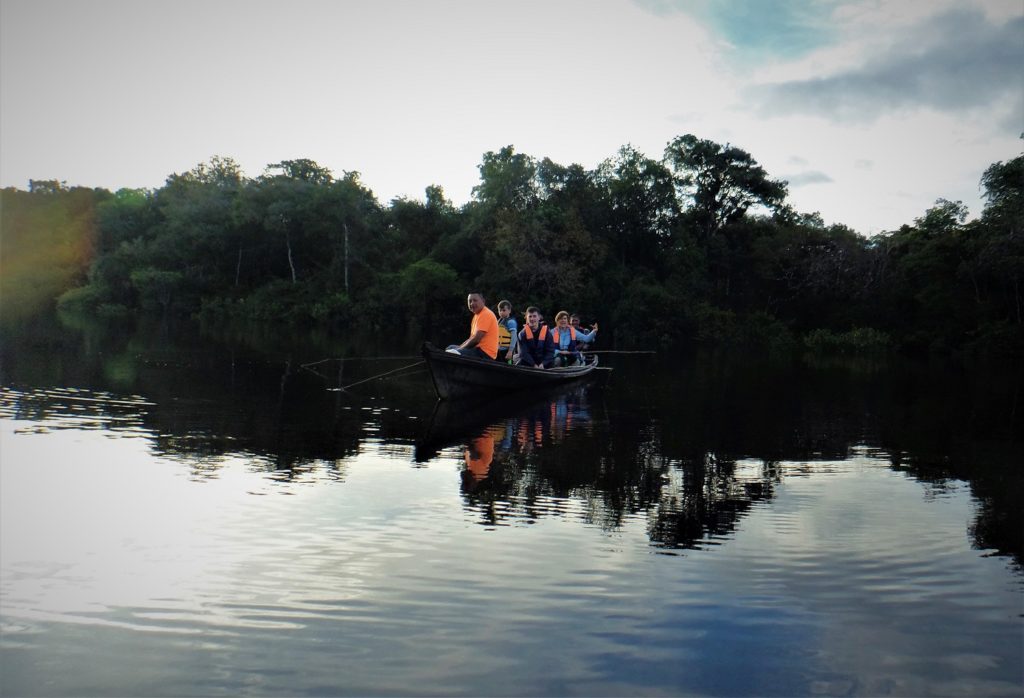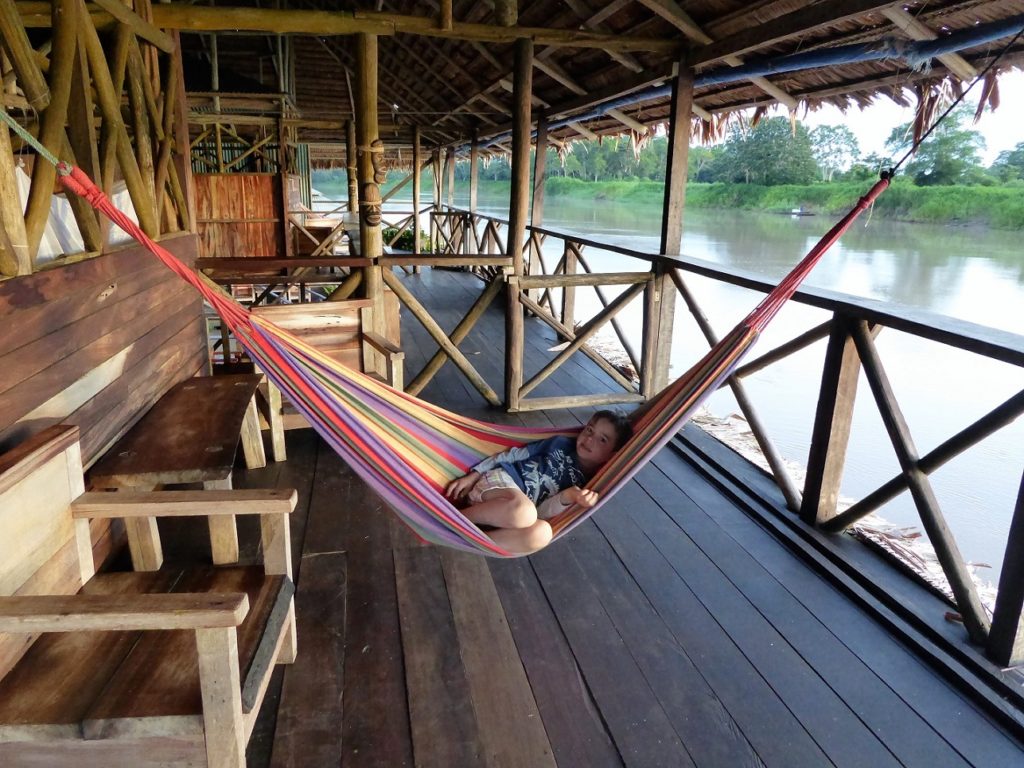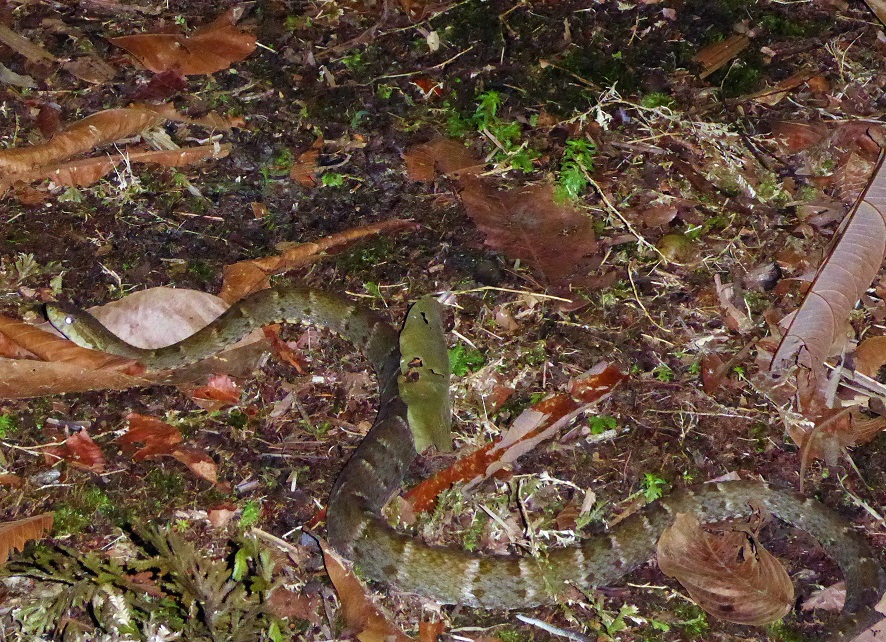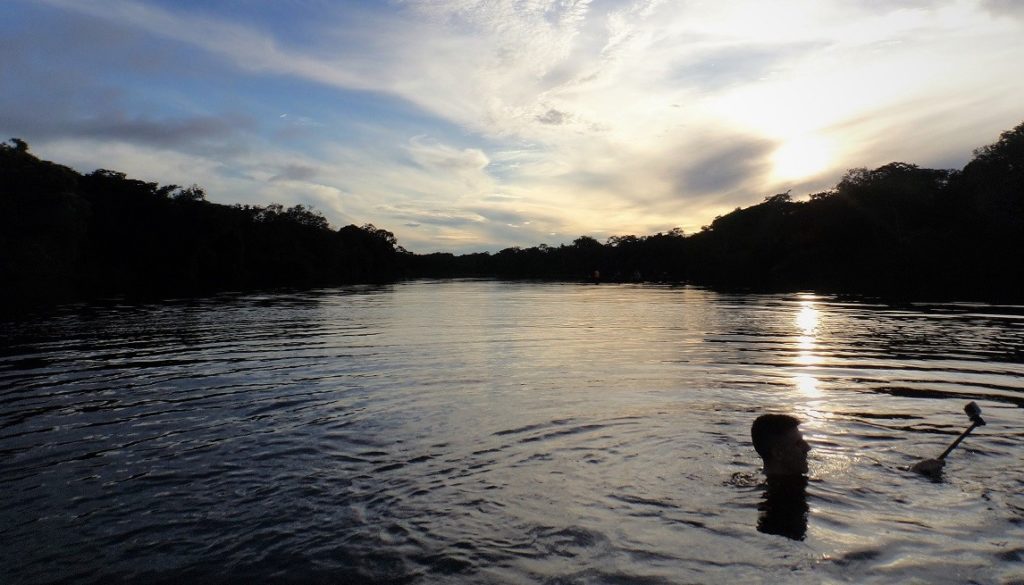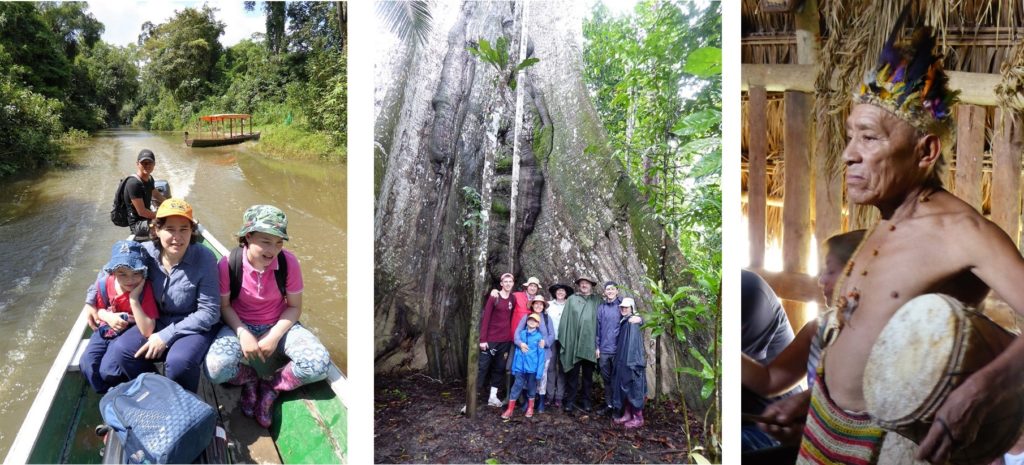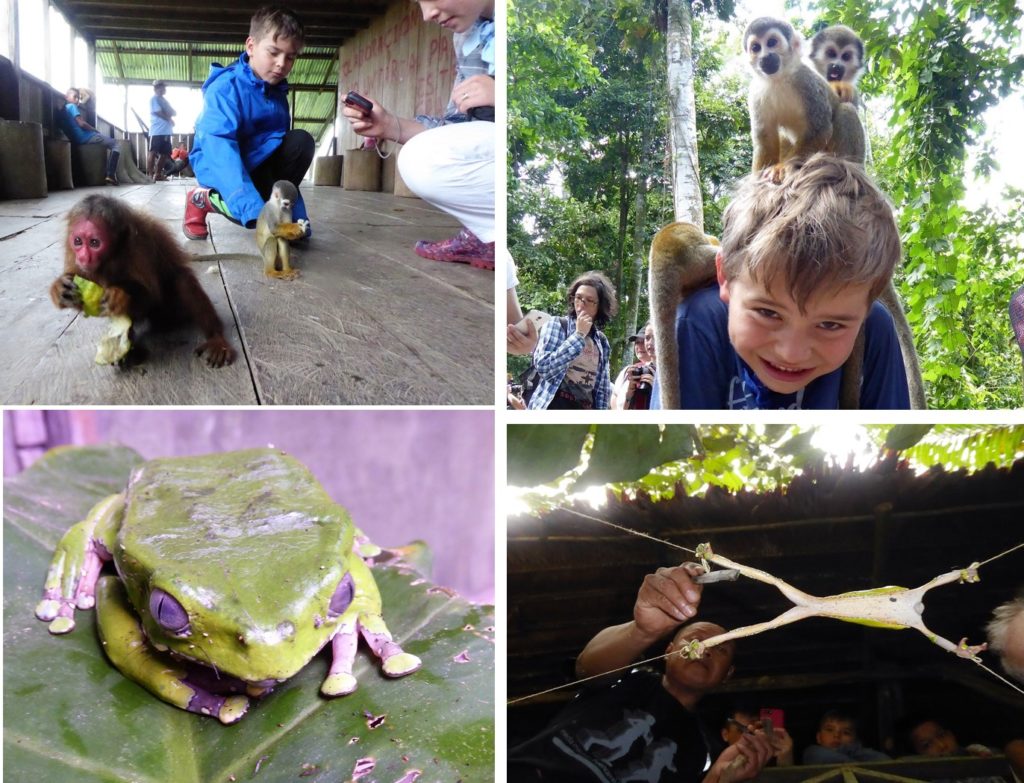The Amazing Amazon
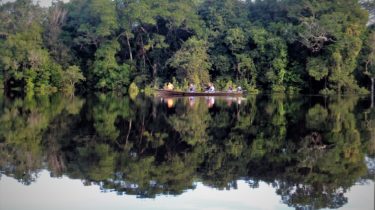
Everyone should visit the Amazon once in their life, by that I mean the Big River, not just the vast water catchment that feeds it (though jungle journeys to these parts are also worthwhile). If you are visiting Colombia then seriously consider a side-trip to Leticia, the port town on the Amazon River which is 90 minutes by air from Bogotá and the fluvial gateway to an amazing Amazon experience. In fact, you can travel into the ‘tri-frontier’ region covering the Brazilan and Peruvian Amazon, with minimum hassle. On this page I’ll try and give you some guidance based on two recent trips, and photos.
Posted in January, 2019

Getting to Leticia: Avianca or Latam have daily flights from Bogotá, 90 minutes, costs vary on demand and season. Note: if you are arriving in Colombia from overseas ask your travel agent to also book the Bogotá-Leticia-Bogotá internal flights as this could be much cheaper than separate tickets. There is no overland route to Leticia, though there are long river journeys that can get you there. Leticia is also a major port on the Manaus- Iquitos stretch of the Amazon.
Paperwork: Yellow fever is endemic here, so you need to be vaccinated and must carry the certificate. There is now no time limit on the vaccine, so it doesn’t matter when you were jabbed. You can get vaccinated at El Dorado Int Airport, but the vaccine to be effective you need it a week before you enter the Amazon (or other tropical parts of Colombia where yellow fever is endemic).
Local tax: you pay around $36,000 (US$10) on arrival at Leticia Airport.
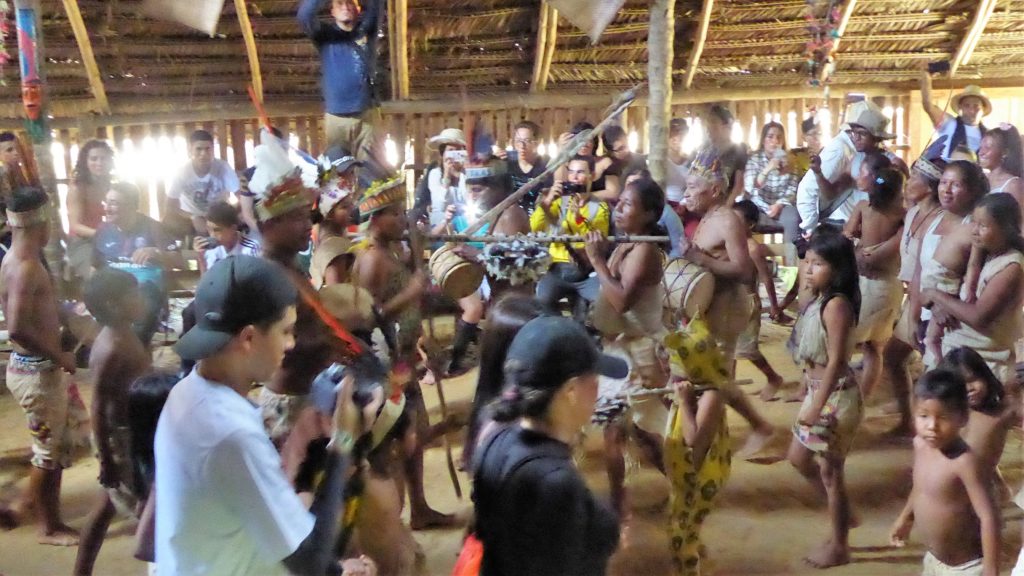
Tourism travel to Brazil and Peru with return to Colombia: Leticia is joined to the Brazilian port of Tabatinga, there is no border controls so you can just walk over to the Brazil side. If you are visiting jungle lodges in Brazil or Peru with a tour the normally there are no immigration formalities, as long as you do not travel beyond the tourism areas and return to Leticia. However, in case of emergencies it is best to carry your passport.
Onward travel to Peru or Brazil: if leaving Colombia not to return, then pass through Immigration in Leticia at the river port (there is a floating Migracion de Colombia office).
When to go: there is no ‘good’ and ‘bad’ time to visit: as the world’s largest rainforest on the equator it will be hot and rainy at any time of year, though there is a rainier season in the Leticia area (November to May). Note, Leticia is in the southern hemisphere, unlike the rest of Colombia which lies north of the equator. One main difference is water levels, with ‘beaches’ and sandbanks appearing in the later dry, and the whole forest flooding (‘varzea’) during the wet season (though there is a lag with water levels some months behind the heavy rain). Both offer different and incredible experiences. My visits were both in the rainier season, though we had sunshine too most days (usually in the afternoon) and even clear starry nights.
How long to go for: the minimum recommended time is 5 nights, for a basic experience, though travellers with more time (and money) could spend weeks or months exploring the area.
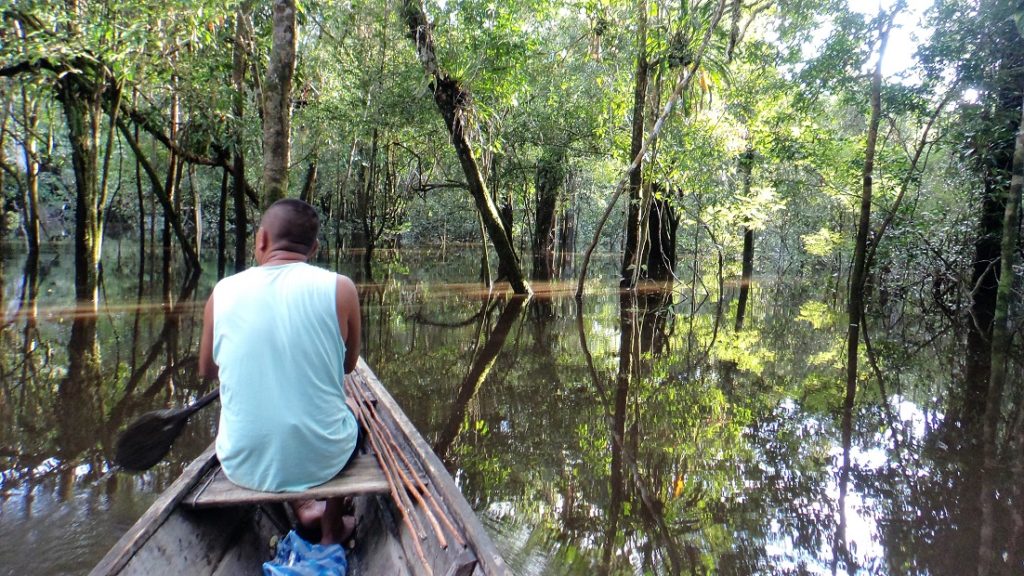
River life: remember the Amazon has been home to humans for thousands of years and even had huge cities in pre-Colonial times. Today the river and its mighty tributaries form a matrix of communities of settlers from Brazil, Peru and Colombia, and a rich trade in goods. The river is full of boats, barges, tankers, floating shops. Nearly all travel is by a variety of bus-boats, ferries, launches and wooden canoes powered by simple but effective peque-peque motors. Ports like Leticia are bustling melting pots for indigenous, settlers, tourists, explorers and adventurers and fascinating in their own right. Allow time in your visit to chill with a cold beer in the bars of Leticia, soak up the frontier atmosphere, and hang out at the markets and port itself.
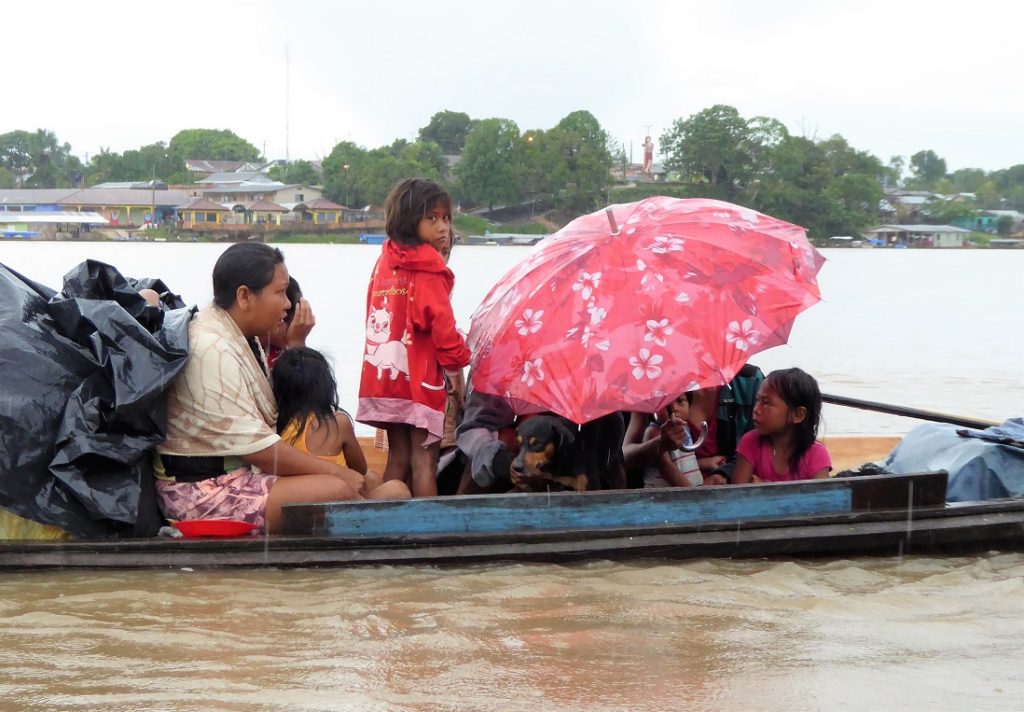
Jungle trips: there are an abundance of jungle trips on offer and most of them offer the same highlights:
- Visit to an indigenous village (a bit fake but good fun).
- Some tour to a village which has pet monkeys or snakes etc
- Cabins in the jungle with very basic facilities.
- A day walk and night walk with guide to see stuff. Usually bugs, spiders, maybe a snake or frogs etc.
- Viewing river dolphins (pink and grey). These are best seen on the oxbow lakes that are close to the main river (though you might see toninos close to Leticia itself).
- Fishing. This is usually ‘artesenal’ fishing (with a simple stick rod and line with hook: think ‘Huckleberry Fin’) or proper fishing with guide. Most locals say fishing is better in the dry season.
- Birdwatching.
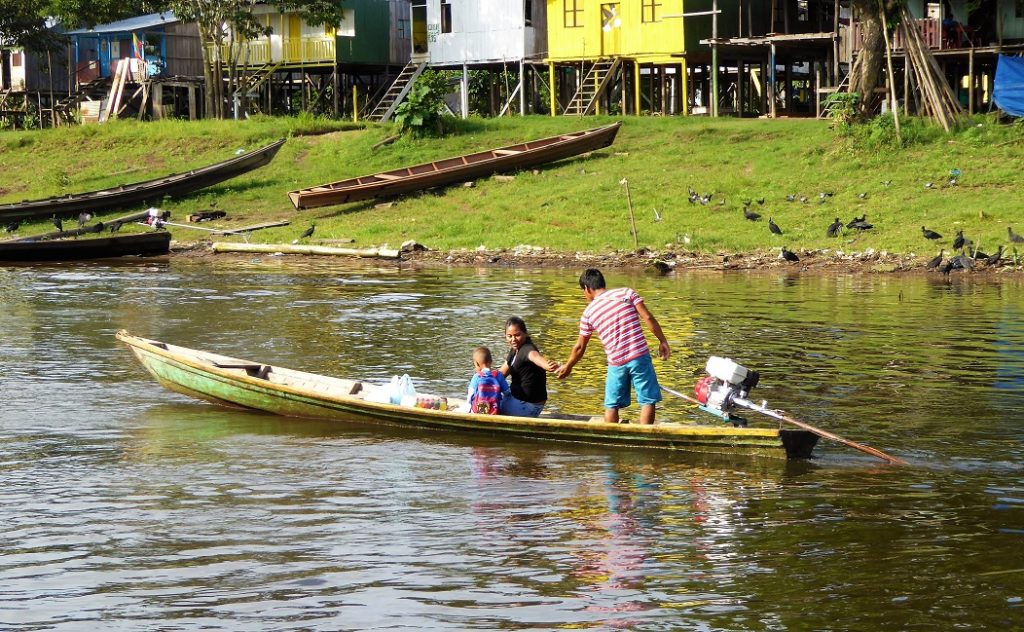
Note that the Amazon has been overhunted and overfished close to the main human settlements, and birds killed for their feathers to make trinkets for tourists. In fact, the Amazon forest can seem devoid of life at times. Wildlife viewing is much better in the savannah Llanos plains of eastern Colombia (an area contiguous with the Amazon basin). Taking a trip deeper into a remote area might give you a more genuine experience of the Amazon, though there is no guarantee you will see more things. The vast Parque Nacional NaturalAmacayacu in Colombia was closed during by visits, but according to the Parques Nacionales site is open again to visitors (but with restrictions). It is more pristine than smaller reserves.
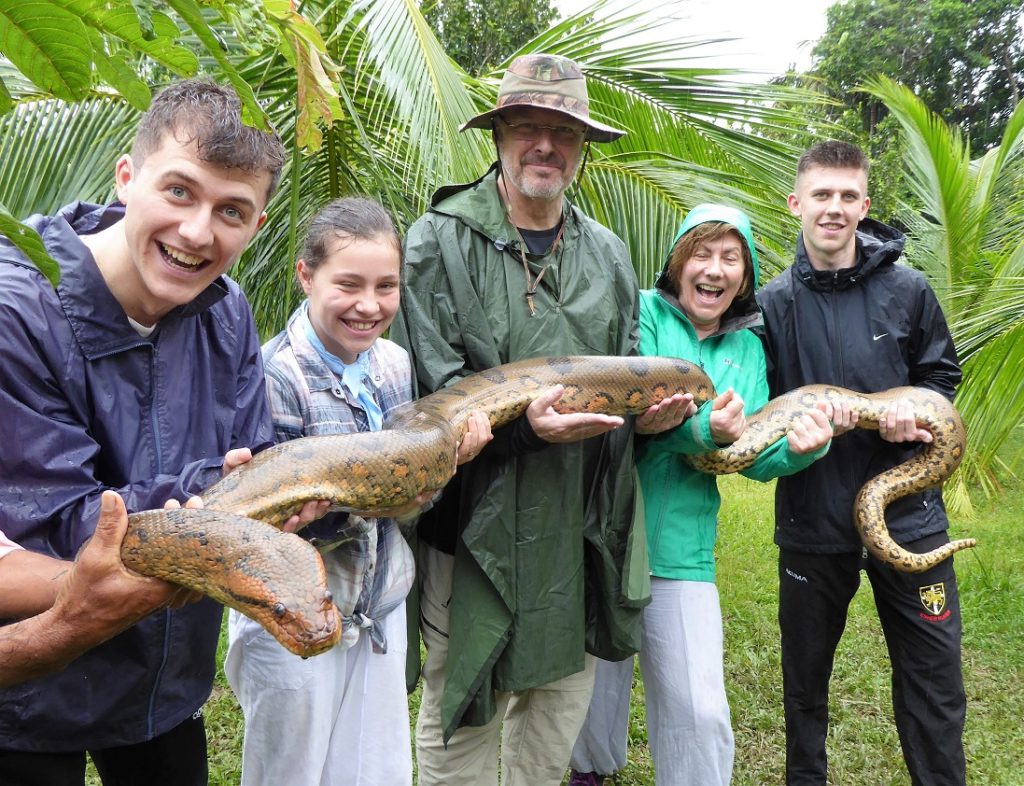
A captive anaconda at a village is used to being handled by visitors
What type of tour: depending on budget, there are luxury lodges and floating hotels with internet etc, or tours that stay in an aircon hotel in Leticia and do nearby day trips on the river. But to really enjoy the Amazon, my advice is to find a basic trip with simple accommodation (no electricity – or just a generator a few hours a day), phone or internet, preferably with local indigenous guides. And try and get far from the towns and immerse yourself in pure jungle where there is no internet and distractions. Such trips cost around US$60 a night/person with all food transport included (usually some small extras).
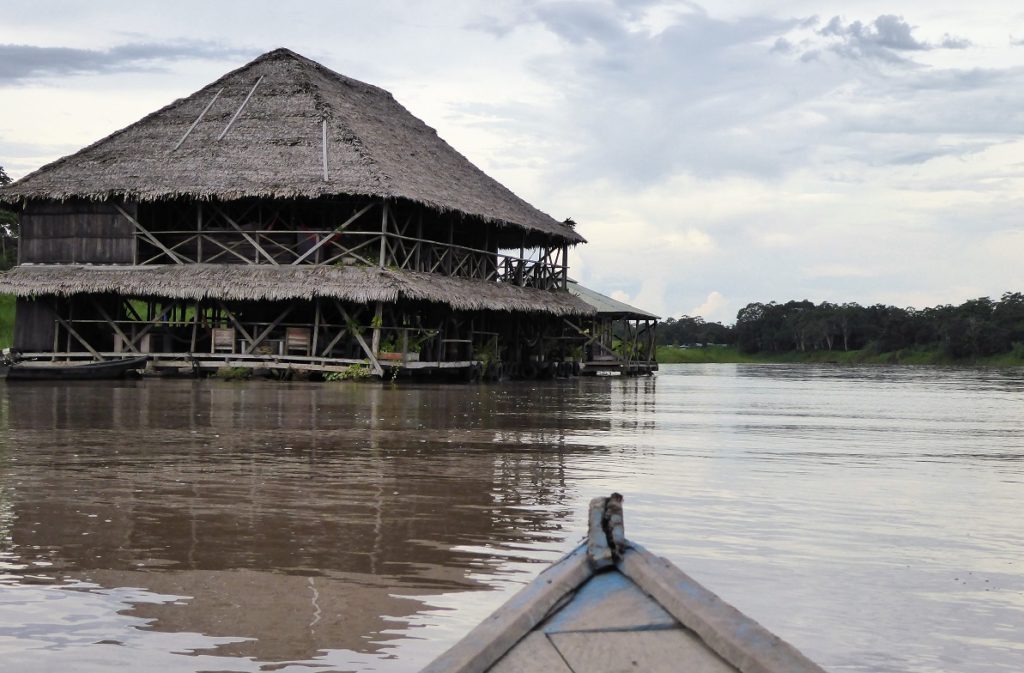
Two such options I used and recommend are:
Reserva Natural Heliconia – a basic lodge set in beautiful jungle 120kms (4 hours) up the Javari River (Brazil) from Leticia. It is linked to the amazingfloating cabin Kurupira in Leticia.
Reserva Natural Tucuchira– closer to Leticia (1.5 hours) and run by a Tikuna indigenous community, also very basic but a genuine Amazon experience.
What to take:
- loose long clothes (long sleeve shirt and long trouser) from made of thin cotton or quick-dry materials. Avoid jeans or heavy cotton, it will get damp and never dry. Underwear, socks. Change of clothes for each day (stuff wont dry). Pack in plastic bags insight your rucksack.
- Waterproof top or poncho (can buy cheap in Leticia), swim suits, warm top for at night (can get chilly).
- Bandana, to keep sun and mossies off your neck.
- Rubber boots (can buy cheaply in Leticia) and light sandals or tennis shoes.
- Large floppy hat.
- DEET mosquito repellent, jungle formula, two bottles.
- Torch and spare batteries.
- First aid kit with anti-fungus cream, anti-sting cream (antihistan), anti-biotic cream (is germolene),Imodium (loperamide, can buy in local pharmacies) and a few plasters.
- Plastic water bottle (lodges provide bulk clean water).Bottle of rum and a pack of cards.
Bring drybags for phone/camera, passport, or sealable sandwich box.
Money: there are ATMs in Leticia, but with long queues, so bring cash from Bogota. Some US$ might be useful to change for reales or soles if you are stopping at Peru or Brazilian settlements (you can use Colombian pesos too but the rate is bad).
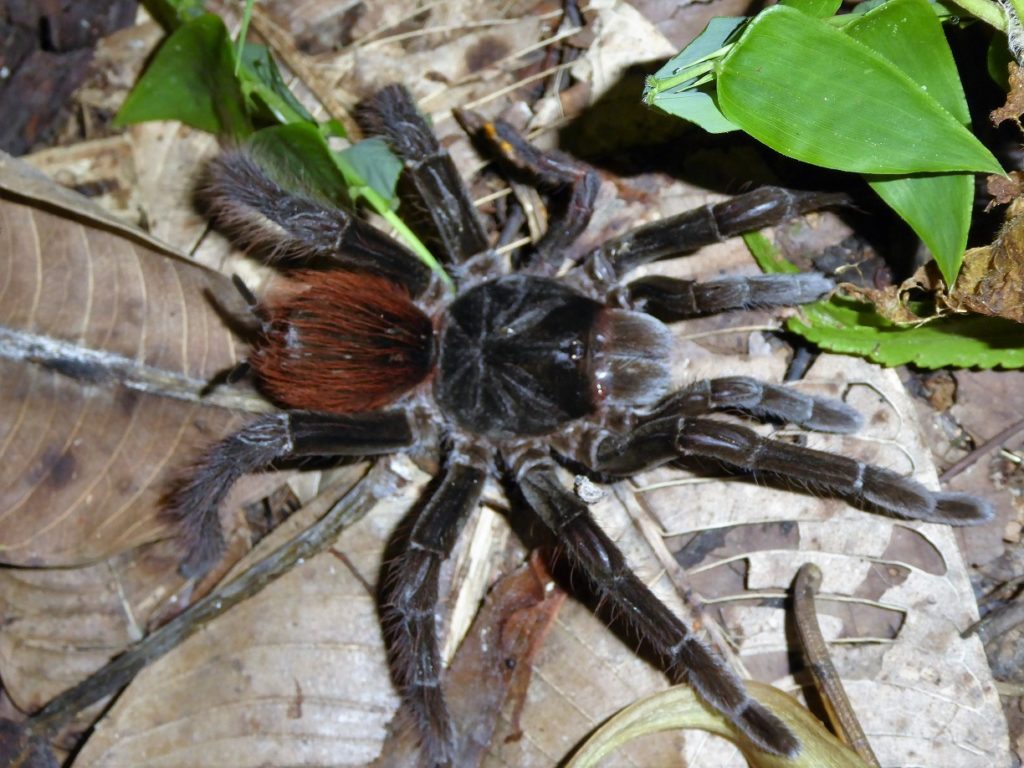
Is it safe?
The jungle is full of potential threats from spikey trees, poisonous snakes, deadly ants, weird bugs. The rivers and lagoons have bull sharks, large caiman, piranhas, electric eels etc. The climate can be uncomfortable. But the dangers are exaggerated by TV and movies, and if you listen to your guide and take sensible precautions, you’ll be fine. I have visited the remote Amazon areas with my young kids and they were very happy.
Here are some basics:
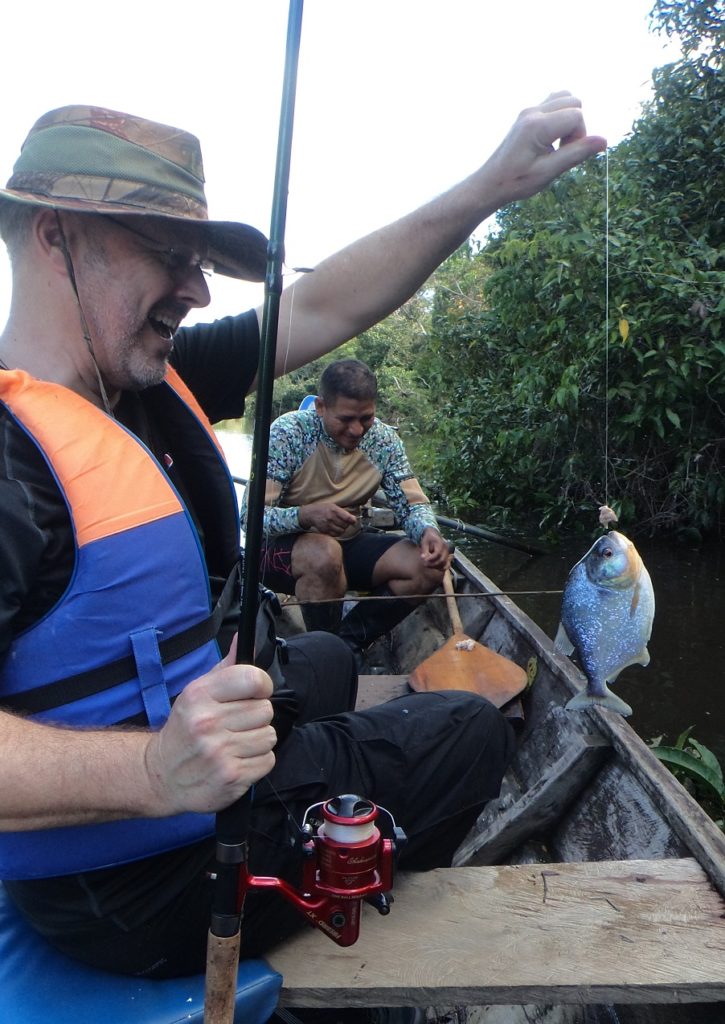
– In the jungle, never touch any plants unless advised by the guide.
– Wear boots on land, preferably rubber boots.
– Use lifejackets on the water and sandals in canoes.
– At night around camp ALWAY use boots and torch. Snakes do come into camp.
– Only swim where advised by the guide and stay close to the boat.
Malaria is endemic so take prophylaxis, cover up from mossies, use repellent. Also have yellow fever and tetanus jabs before your visit.
Will I enjoy it? If you prepare properly and have a good guide, your visit will be unforgettable. After a day or two you will be amazed how you adjust to this strange but beautiful environment, feel that you’ve left the crazy outside world behind. The rainforest is nothing to be feared or fought: humans lived comfortably here for millennia and still do. The Big River tugs at your soul and reminds you of a simpler life. The Amazon is amazing. Here are some more pics….

